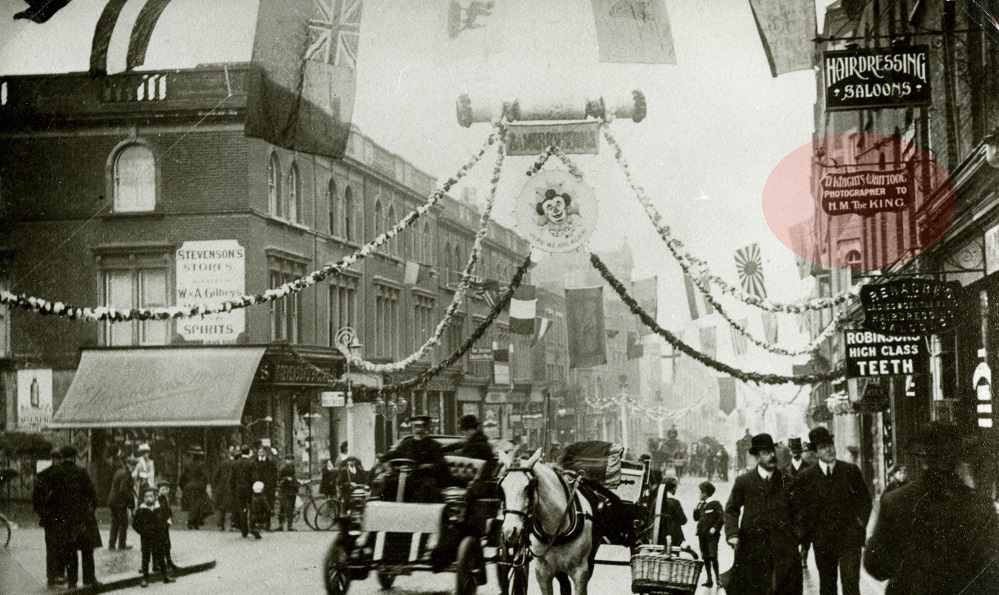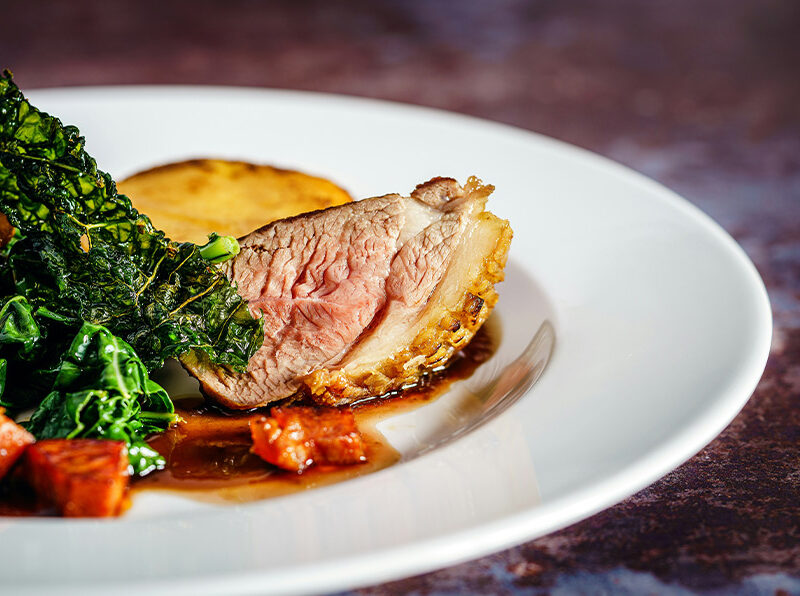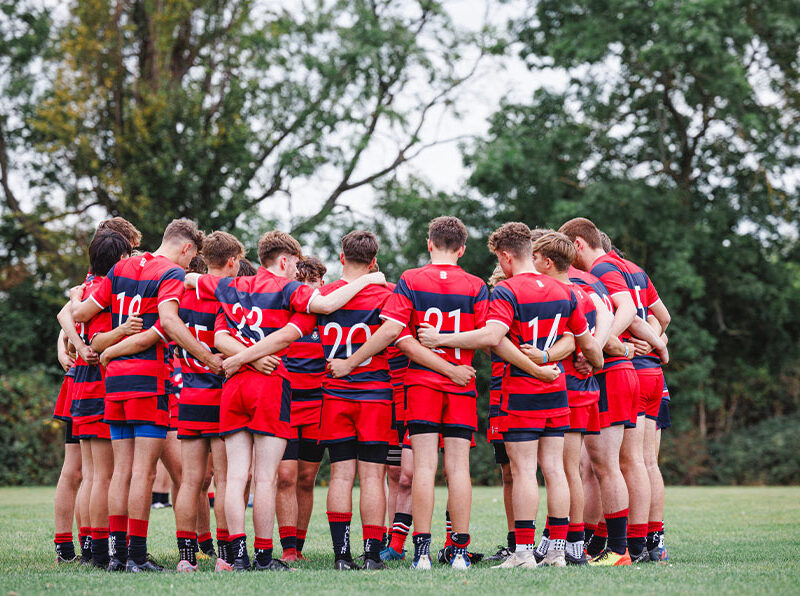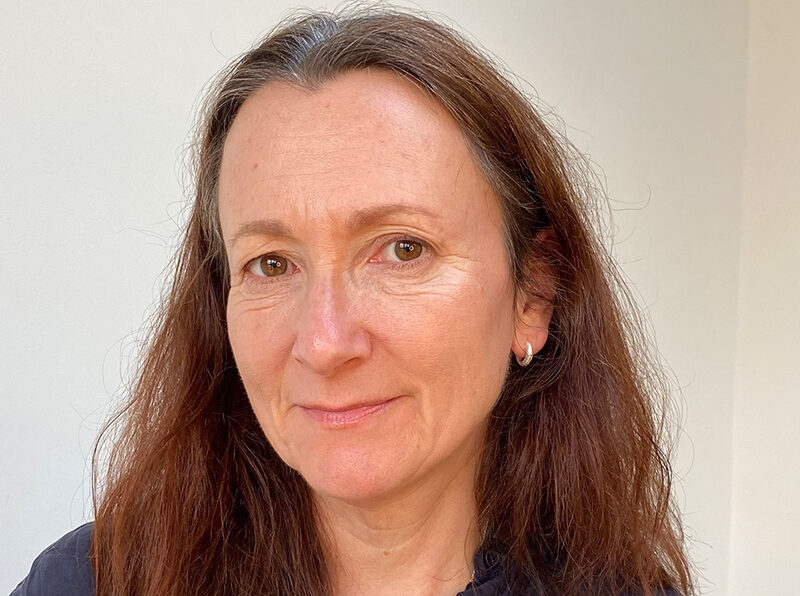
Historical trail through Sutton
Historical trail through Sutton
We take a stroll through the borough’s fascinating past…
Sutton’s growth
Sutton is recorded in the Domesday Book of 1086 as having two churches and about 30 households. It was known as Sudtone – possibly ‘South Farm’. When the railway connected Sutton to London in 1847, its expansion took off.
Historic buildings
There are several historic spots in the area. Timber-framed house Whitehall, in Cheam, was built around 1500, and might have been a meeting house or a home. Over time, it was added to, with extensions dating to the time of the Stuarts and the Victorians.
Honeywood Museum in Carshalton is in a mid-17th century building, with Victorian and Edwardian extensions. Its exhibitions tell of the history of the house and reveal the history of the borough of Sutton.
Henry VIII liked it around there
The king began the construction of Nonsuch Palace in 1538, decorating the walls of Nonsuch to celebrate the birth of Prince Edward in 1537, showing the duties the prince should fulfil. When Henry died in January 1547, the palace was still unfinished. It was bought by the Earl of Arundel, and then back in the hands of Elizabeth I where it remained with royalty until 1670 when Charles II gave it to his mistress, Barbara Villiers. She demolished the palace in 1682 and broke up the parks to sell to cover her gambling debts. The site was excavated in 1959, and only small remnants of the palace can still be seen.
There’s an incredible collection of photos…
The Sutton Archives contains all the area’s incredible history, including a vast selection of old photos, many of which were taken by Sutton ‘Photographer to the King’ David Knights-Whittome in the early 1900s. The collection has been digitised and can be seen online with the Flickr account containing over 10,700 images.
IMAGES from left to right:
First row: Sutton High; Beaconsfield, Grange Road, © Sutton Archives; David Knights-Whittome © The Past On Glass
Second row: Sutton High; Hornblower & Flower – Estate Agents based at 3 High Street © Sutton Archive; No. 10 High Street © Sutton Archives
Third row: Plan view of Sutton High; Sutton High
Notable locals
Sutton has been home to writers, rock n rollers, artists and thinkers. Sir Noël Coward lived in Sutton as a child. His first public appearance on stage was on July 23 1907 in a concert at Sutton Public Hall when he was about eight years old. Quentin Crisp was born in Sutton.
Sutton is home to a historic school
In 1871 Maria Grey, one of the pioneers of female education, made an appeal for “the equal right of all women to the education recognised as the best for human beings”. Her bid for equality led to the founding of the Girls’ Public Day School Company (now the GDST) a year later. Sutton High School was the 28th such school, opening on Thursday 17 January 1884.
It distinguished itself by entering girls for public examinations in a variety of subjects, later sending girls on to Oxford, Cambridge and other universities (when women were allowed to enrol). Its alumnae include Dr Nikki Kanani MBE, Dr Helen Scales, Marianna Spring, and Elizabeth Yentumi.






